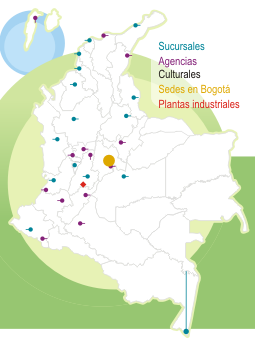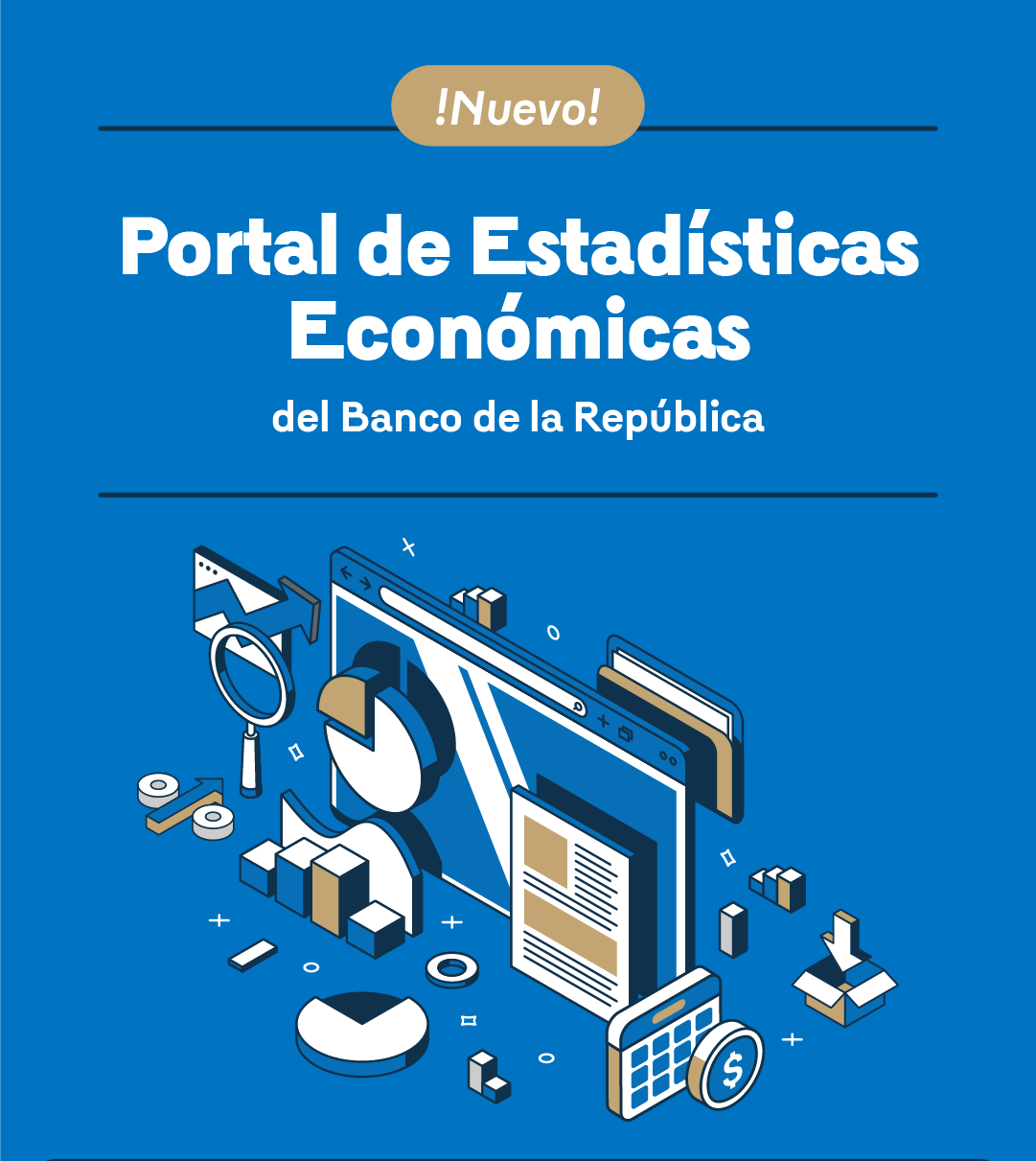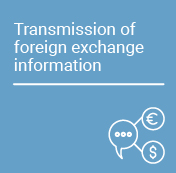Journal Ensayos Sobre Política Económica (ESPE) - New Evidence on Labor and Firm Informality in Colombia
In the journal Essays on Economic Policy (ESPE) - we disclose the results and policy proposals that arise from academic research carried out at the Banco de la República. When you read us, always keep in mind that the content of our articles, as well as the analyzes and conclusions derived from them, are the sole responsibility of their authors. The material disclosed in our ESPE magazine does not compromise or represent the opinion of Banco de la República or that of its Board of Directors.
The Ensayos sobre Política Económica - ESPE - journal publishes the results and policy proposals arising from academic research conducted at Banco de la República (the Central Bank of Colombia). Please note that the content, analyses, and conclusions presented in our articles are the sole responsibility of the authors. The content published in ESPE does not reflect or represent the opinions of Banco de la República (the Central Bank of Colombia) or its Board of Directors.
Approach
The Colombian labor market is characterized by high and persistent labor and business informality, a phenomenon commonly observed in many developing countries. According to the Colombian Household Survey (Gran Encuesta Integrada de Hogares -GEIH in Spanish), the labor informality rate in 2023 was 56% nationwide and 43% in major urban areas. However, it should be noted that Colombia has made significant progress in reducing informality since 2010.
Informality arises from multiple factors. On the labor supply side, key drivers include low levels of education, low incomes, and a preference for more flexible work arrangements. On the demand side, the lack of economic complexity and low productivity within firms encourage many to operate informally. From a regulatory standpoint, rigid labor laws, high formalization costs, and insufficient oversight exacerbate the persistence of this issue.
One of the main challenges in designing public policies to reduce informality is that this phenomenon has both positive and negative implications for labor market participants. On the one hand, informality allows workers to quickly enter the labor market without facing unemployment or inactivity, generate income, and may even be profitable for some, depending on their skills, preferences, and other sources of income. On the other hand, informality can result in lower operating costs for businesses, as they avoid paying taxes or paying the mandatory registration costs. However, from a social perspective, the costs of informality are higher: workers have limited social protection, businesses are less productive, and the state has reduced capacity to collect taxes and provide public goods. This leads to inefficient allocation of resources, which negatively impacts economic growth.
Contribution
This ESPE edition analyzes the determinants and consequences of labor and business informality in Colombia, starting with an estimation of its prevalence in major cities and proposing an indirect estimation method for all the country’s municipalities, given the measurement difficulties in areas where no representative statistical information is available. It also highlights significant differences in local labor markets, with informality levels ranging from 30% to 70% across capital cities. This document further examines the structural factors affecting informality, such as the minimum wage, payroll taxes, rigid labor laws, and business registration costs, and delves into the role that social policy can play in either reducing or increasing informality. Additionally, it provides evidence on the short- and long-term macroeconomic effects of informality by using general equilibrium models. The findings show that a large informal sector exacerbates the volatility of gross domestic product (GDP), consumption, and investment. Furthermore, it is found that, in an economy with more flexible labor costs, where a large proportion of the workforce has a high level of education, has access to the formal labor market and financial markets, and a small proportion of workers is subject to the minimum wage, the transmission of monetary policy is more effective. This means that it is less costly for the country to reduce inflation in terms of GDP sacrifice. In the long term, the effect of reducing payroll taxes on the economy is studied, revealing that this policy promotes an increase in formal employment, reduces informal employment, generates gains in total productivity, and fosters economic growth. Finally, the document summarizes the lessons and policy recommendations, thus contributing to the public debate on the causes and effects of informality.
“… the costs of informality are higher: workers have limited social protection, businesses are less productive, and the state has reduced capacity to collect taxes and provide public goods. This leads to inefficient allocation of resources, which negatively impacts the country's economic growth.”
Results
The study finds that labor informality in Colombia is marked by regional and educational gaps. While regions with more developed economies (which generate higher value-added) have lower informality rates, less developed regions face higher levels of informality. Additionally, it is highlighted that people with lower levels of education and those working in micro-sized businesses are more likely to have informal jobs, thus perpetuating a cycle of precariousness.
In terms of gender differences, after the pandemic and with the rise of remote work, women have benefited by gaining access to new virtual learning tools that facilitate and promote their professional development, thus improving their access to formal employment. The combination of these factors, along with lower fertility rates observed in the country, has potentially contributed to a reduction in the informality rate among women compared to men in the post-pandemic period, accompanied by an increase in female labor force and formal employment.
Informality increases when the minimum wage is high in relation to the productivity of workers in certain demographic groups, especially among young people and workers with lower education, as it increases labor costs for companies. On the other hand, public policies, such as the 2010 Ley de Primer Empleo (First Job Law) and the 2012 Tax Reform, may be useful in addressing this phenomenon. Additionally, Decree 2616 of 2013 allowed the formalization of part-time workers, and programs such as Familias en Acción (Families in Action) have indirectly supported long-term formality.
Finally, informality generates high costs at an aggregate level by reducing productivity and causing instability in GDP components, such as consumption and investment. In the business sector, small businesses face significant barriers to formalization, which affects their productivity and growth. All these factors have an impact on the country’s economic development.

































































